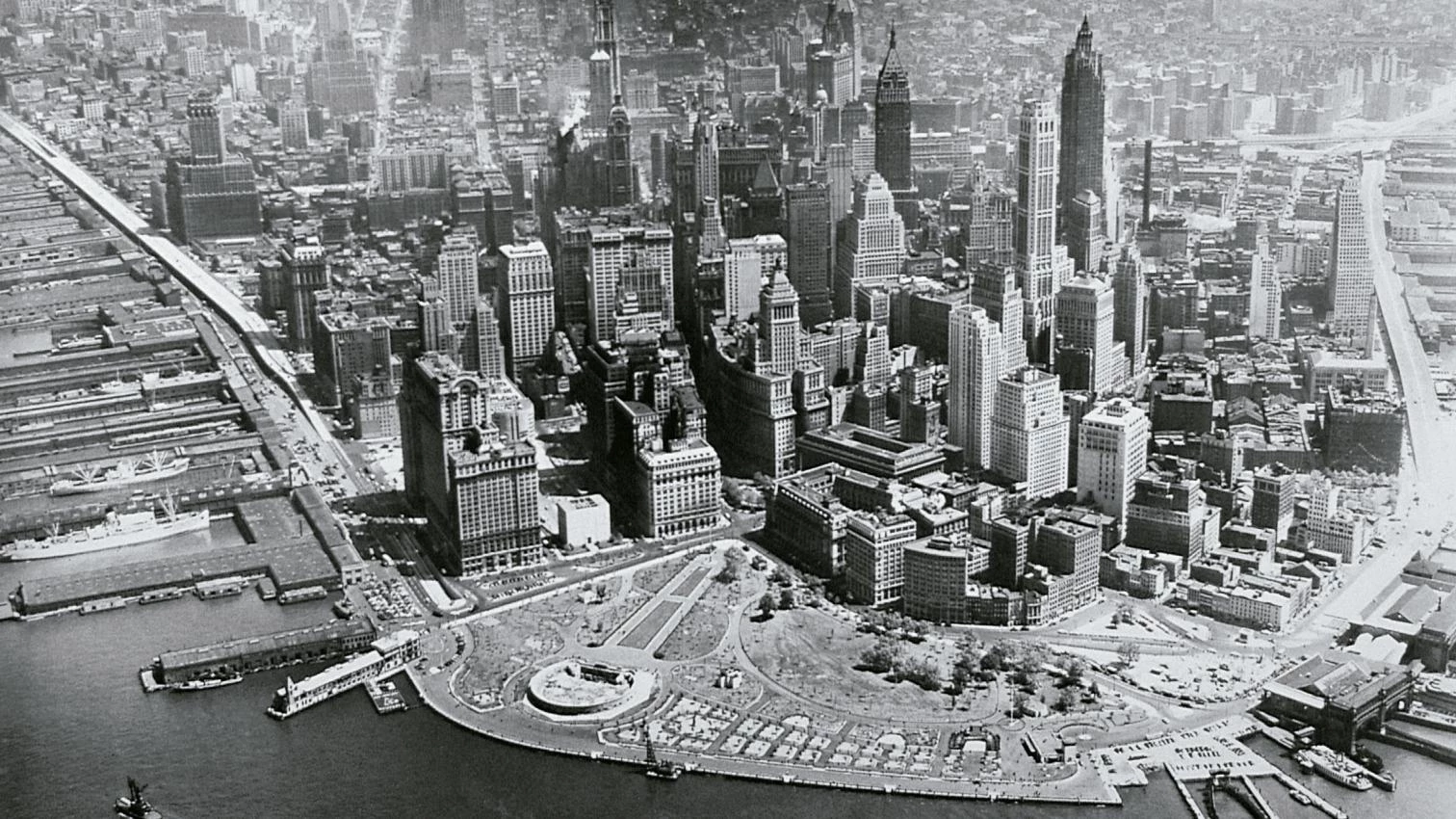Death of a Colossus
The Titanic of New York

As an archetype of the contemporary American skyscraper, the World Trade Center was the product of two conflicting but mutually dependent principles: on the one hand, a frugal Protestant pragmatism, in which the maximization of profit is the only value; and on the other, a spirit of extravagant competition that provokes feats of reckless over-reaching (the same conflicting impulses that are the motor of capitalist economic expansion in general). The towers, it could be said, were the result of the collision between MaxWeber’s Protestant Work Ethic and Thorstein Veblen’s “conspicuous consumption of the leisure class,” but in which the material debaucheries of the 19th century as described by Veblen were sublimated under a colossalism of scale and number, thus assuaging the troubled Puritan conscience of the speculator. The promoters of the World Trade Center could boast for example that its daily electrical consumption equaled that of the city of Albany, with a population of 100,000, but in the original installations there were only four light switches for each 3,700 m2 floor... [+]





